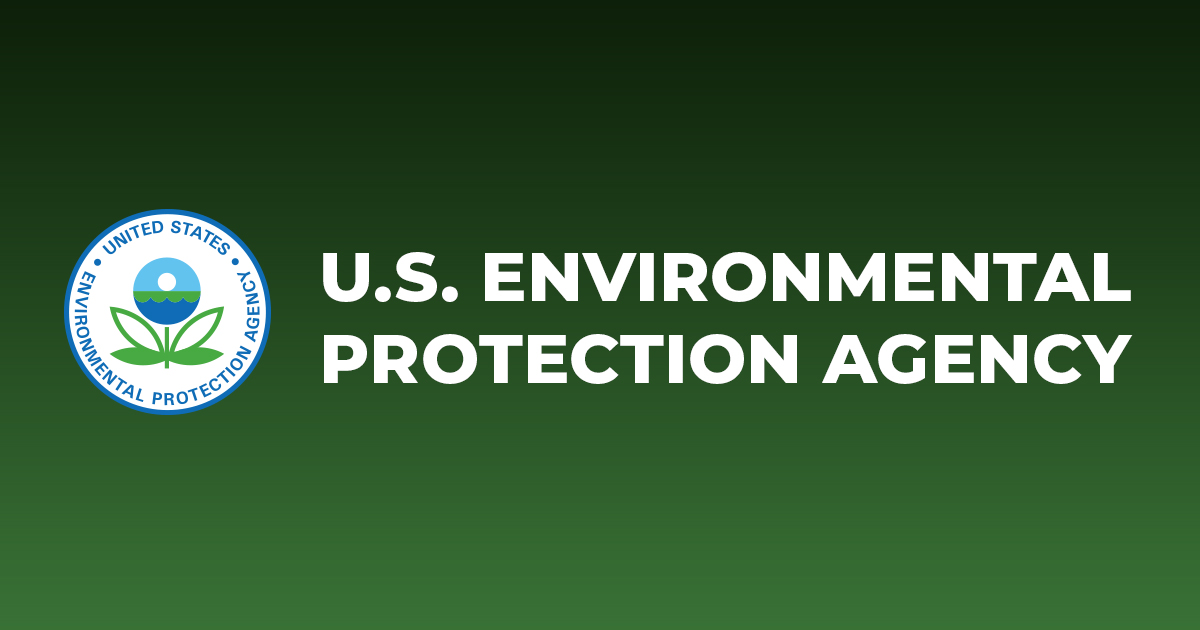Grand lake is different to an extent.I'll go with that when talking about Lake Erie. Never gave that dynamic proper consideration.
However, I don't believe that's the full story on St. Mary's, or any of our inland reservoirs.
While it is true that up until about 15-20 years ago
Define site?This population is never going to get ahead of treatment plant capacity unless we have a very popular flaxseed festival or we start treating waste from India. In the event of heavy rain? Underground storage now. Previously? Lake E
So animal waste is NEVER hauled off a CAFO site? Waste product never has and never will get ahead of use, by law?
When applying for a permit to install (permit to build a CAFO) land must be identified that will be used for waste disposal. That land must be tested for phosphorus levels prior to attaining a permit. That land must have low enough phosphorous levels to be used for waste disposal. There must be enough acres to adequately dispose of all the waste without exceeding crop removal rates of phosphorus. This means you can't use land that has high phosphorus levels and you have to have enough land so that phosphorus levels don't increase over time.
That land can be either owned by the CAFO or under contract to be used for waste disposal. It can be the field next door or 30 miles down the road.
Waste will never get ahead of use.
It has however gotten ahead in the past. This is why some fields are not allowed to be used for waste disposal anymore. However, the State addressed this nearly 30 years ago and began regulating CAFO's.
Glad to see Toledo is finally catching up.






